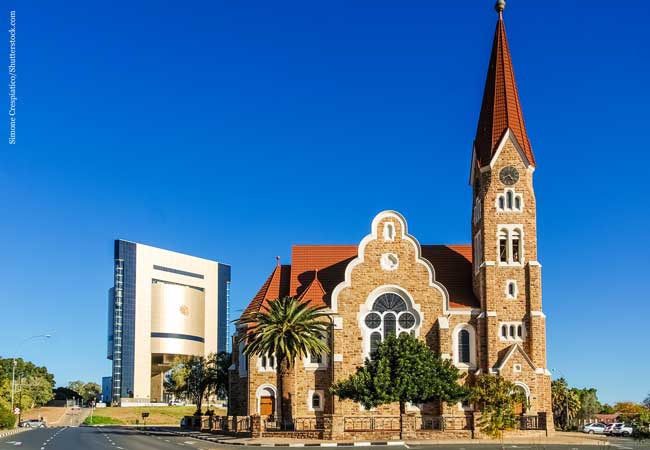
Goethe University’s Sculpture Hall has received a prominent addition: a true-to-original copy of the monumental statue of Laocoön and his sons recently became part of the Collection of Classical Antiquities, bringing to Frankfurt one of the most important masterpieces of the Vatican Museums and certainly one of the most famous and influential ancient sculptures ever. The cast of the original artwork, kept in the Vatican, was custom-made for the Frankfurt collection. Making this unique project possible is a donation from York Thiel and Anni Heyrodt, a donor couple with close ties to classical archaeology in Frankfurt, who have generously supported the collection for years.
The sculpture will be handed over during a ceremony held on June 25, as part of one of the regular guided tours offered at the Sculpture Hall on Sundays. The event will also feature a lecture by Prof. Dr. Anja Klöckner and Dr. Matthias Recke (of Goethe University’s Institute for Archaeological Sciences), which will focus on the complexity of the work, its mass appeal and its reception up to the present day. The theme of the multi-figure group is taken from the popular myths surrounding the Trojan War: Apollo priest Laocoön warns the Trojans not to drag the wooden horse into the city – suspecting that doing so will seal the city’s downfall. Roman poet Vergil describes how Laocoön and his sons are later attacked and killed by two enormous serpents sent by the goddess Athena.
Discovered in Rome as early as 1506, the three-figure original sculpture dating back to Roman times was completed in Michelangelo’s workshop. The marble statue has had an immense influence on Renaissance art. To this day, the depiction of Laocoön, who, despite being entangled in the throes of death, also conveys tremendous dynamism, is considered one of antiquity’s greatest artistic creations.
With the Laocoön statue, the Frankfurt collection has received not only its first monumental figural group, the new acquisition also adds a new work from the period between the 1st century B.C. to the 1st century A.D., benefiting students of archaeology and art studies, among others.
Created by professional art shapers from the German city of Leipzig, the statue consists of twelve individual parts crafted from a mold taken directly from the marble original: It is made of plaster, partly mixed with glass fiber and jute, weighs about 260 kg and is 2.42 meters high (taking into account its 35 cm pedestal, its total height comes to 2.77 meters).








